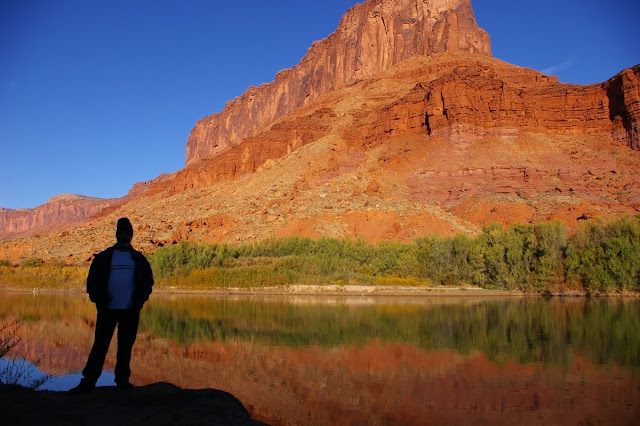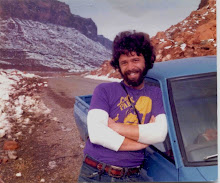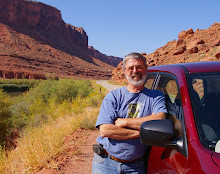The Carrizo Plain is a stark and
lonely piece of primal California, bereft of any perennial water and riven by
the San Andreas Fault. It sits about 40
miles west of Bakersfield and about 30 miles east of San Luis Obispo, splayed
out in a north-south orientation between the inner-coastal Caliente Mountains
and the torn and fractured Temblor Range.
It is not a terribly sexy destination.
It is not bound to attract hordes of tourists. And it lacks almost any amenities for the
weary traveler. And therein lays its
austere charm.
While most of the Central Valley
was being drained, chained and plowed under in the late 19th and
early 20th century, the Carrizo presented a challenge to even the
most hardened homesteader. It was
extremely isolated. There were no permanent streams; only seasonal alkali
lakes. There were no trees; only wiry shrubs on the surrounding
hills. In a good year there might be
enough grass and forage for a small herd of cattle. In a dry year, the Plain would become a
desert. Today the weathered remains of
a few farm houses and barns attest to the failure of men to wrest control of
the landscape from hostile elements. And
that may have been what saved it.
In this lost remnant of a once
fecund valley system, the kit fox and giant kangaroo rat survived. Native wildflowers held their ground. The native Chumash saw it as a place of
power and beauty, and held it sacred. And
all the while, the steady grinding of tectonic plates literally carved the
nearby mountains. Even before the
50-mile long valley became a National Monument in 2001, I was intrigued by what
I’d heard about the place. First, there
were the aerial photographs of a very visible fault line and offset stream
beds. Then, sometime in the 1990s the Nature Conservancy acquired most of the
area and it became available to the public at large. And then the feds took it over.
As a native Californian, it seemed
like I owed myself the opportunity to personally visit the area which I did in
the spring of 2010, as documented in an earlier blog http://redmesacafe.blogspot.com/2010_03_01_archive.html#). It had been a wet spring and the mid-March
landscape was covered in wildflowers and green grasses. That experience ended up exceeding my expectations. But when I returned to the Carrizo this last
March, the mood was decidedly different. The winter rains had never really come. There were hardly any flowers. And what grass I could find was pretty
stunted. Nevertheless, the magnificent
emptiness worked its magic on me. The
campgrounds were empty. The vistas were
vast. And quiet lay over the landscape
like a soft blanket.
Places like the Carrizo Plain will
never be tourist meccas, and we can be grateful for that. What we have, instead, is a pocket of old
California, protected for its own sake. Whether
you care to see it or not, it is 250,000 acres of open space not open to
farming or oil and gas extraction. It is
a place where a person can stand on a hill overlooking miles of nearly-forgotten
country and feel absolutely alone and full at the same time.




